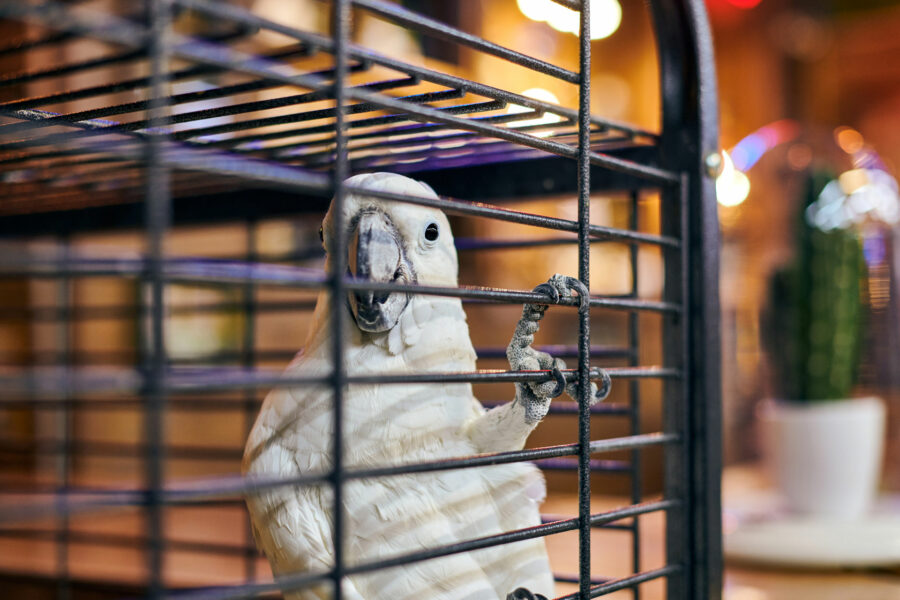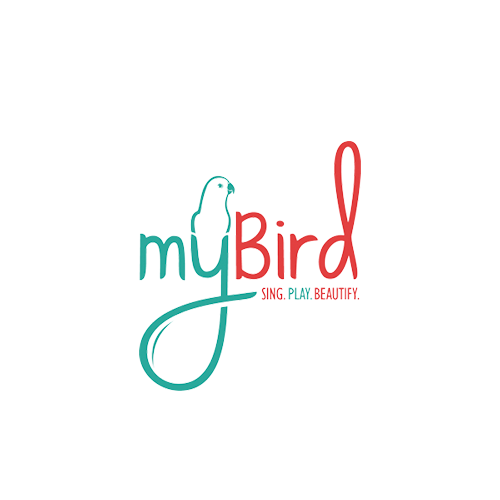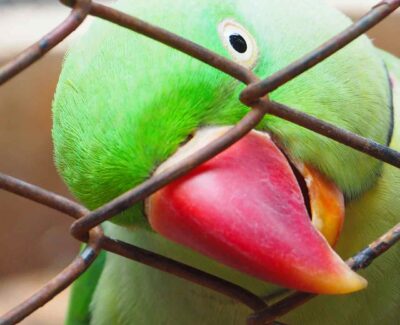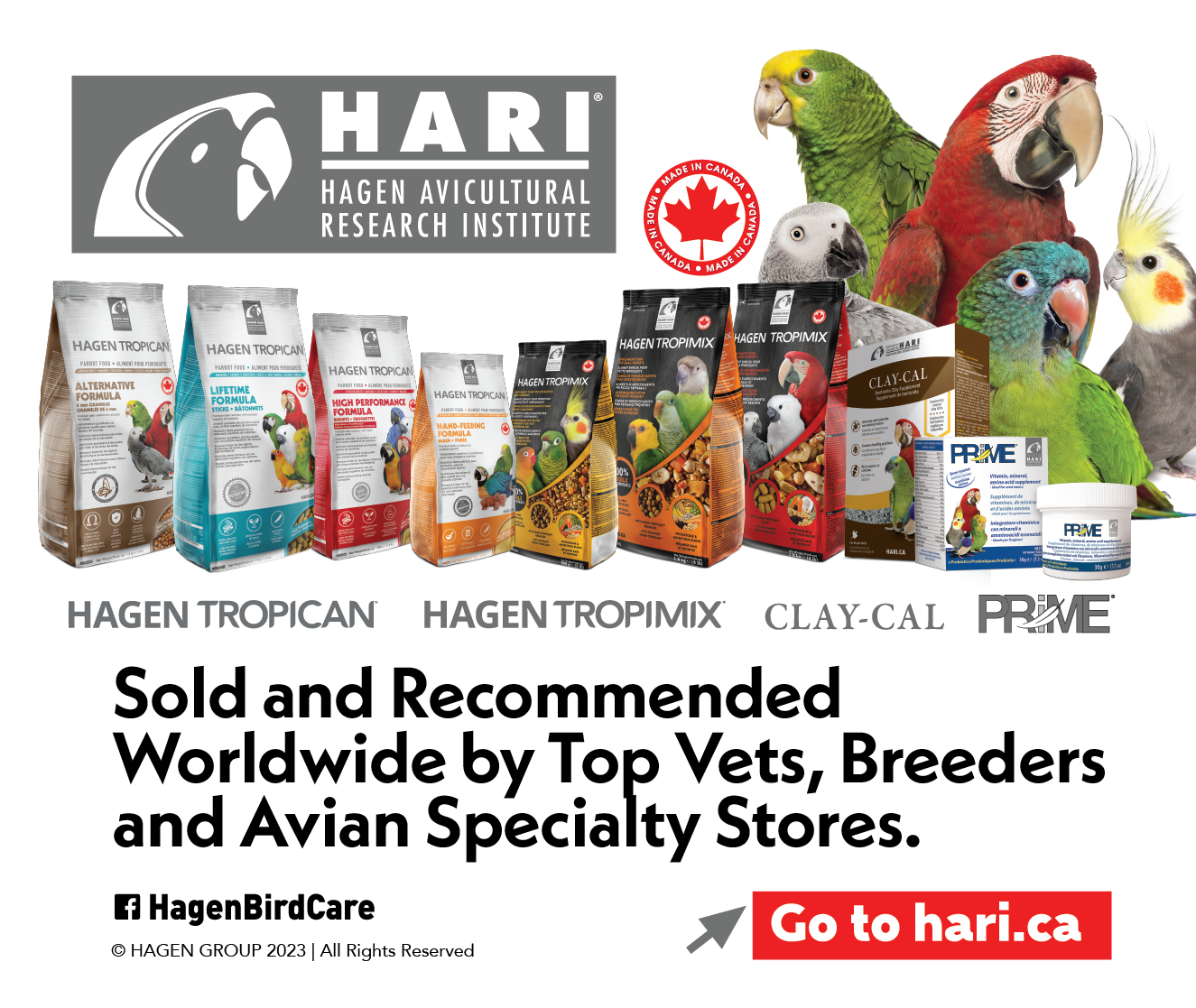
Factors to Consider When setting Up Your Bird’s Cage
When bringing a pet bird into your home, one of the most important steps to create a comfortable environment for them is to purchase the right cage and set it up properly. A well-equipped cage or aviary will not only ensure your feathered friend’s safety, but will also help them acclimate in their new surroundings and keep them happy and healthy. While the specific features of your bird’s cage may vary based on their species and unique traits, here are a few of the main factors to consider:
Cage Size
Most birds need space to move around and explore their surroundings, so it’s crucial to choose a cage that’s large enough to allow your pet to fully extend and flap their wings.
Location
Once you’ve chosen a properly sized cage, it’s important to place it in a location within your home where your bird will feel comfortable and content. There are a few key guidelines to keep in mind:
- Avoid drafty spots, such as near windows, doors, or A/C vents.
- While a room with some natural light may be beneficial, avoid placing the cage in direct sunlight, which could cause your bird to overheat.
- Do not place the cage in the kitchen, as cooking fumes and airborne particles may be harmful to your bird.
- Ideally, find a spot with moderate human activity—areas that are too heavily trafficked may cause your bird stress (particularly when you’ve first brought them home), but given that birds are social creatures, it’s important to position them in a place where they’ll have some exposure to your family.
Perches and Toys
Birds spend a significant amount of time sitting, climbing, and playing on perches, so it’s essential to outfit their cages with perches of varying sizes and textures. Common materials for perches include natural woods, such as manzanita, and rope, such as hemp or untreated cotton. Be sure that the perch matches your bird’s size, allowing their claws to comfortably grasp it—if the perch is too thick or narrow, it could cause foot discomfort.
Another important element to include within your bird’s cage is toys, which help prevent boredom and provide mental stimulation. Be sure to include toys of different types, such as puzzle, foraging, and chew toys. However, always monitor your bird’s interaction with their toys to reduce the risk of potential hazards like swallowing small parts.
Food and Water Stations
Save space in the cage for your bird’s food and water dishes, which should be sturdy enough that they are resistant to tipping. Additionally, place them above or away from perches to prevent droppings and debris from falling in. Be sure to clean and refill the dishes frequently to keep your bird well-fed and hydrated.
Once you’ve set up a comfortable cage or aviary for your pet bird, the next step is to clean it on a regular basis. In addition to refilling the food and water dishes, remove any uneaten food, droppings and toys that have become chewed or frayed, clean all accessories to prevent the buildup of bacteria, and change the cage liner frequently.
With some planning and ongoing maintenance, you will help your bird stay happy and healthy in their new home and provide an environment in which they can flourish. To learn more, follow our blog, take our pet bird matchmaker quiz, or join our active community on Facebook!





